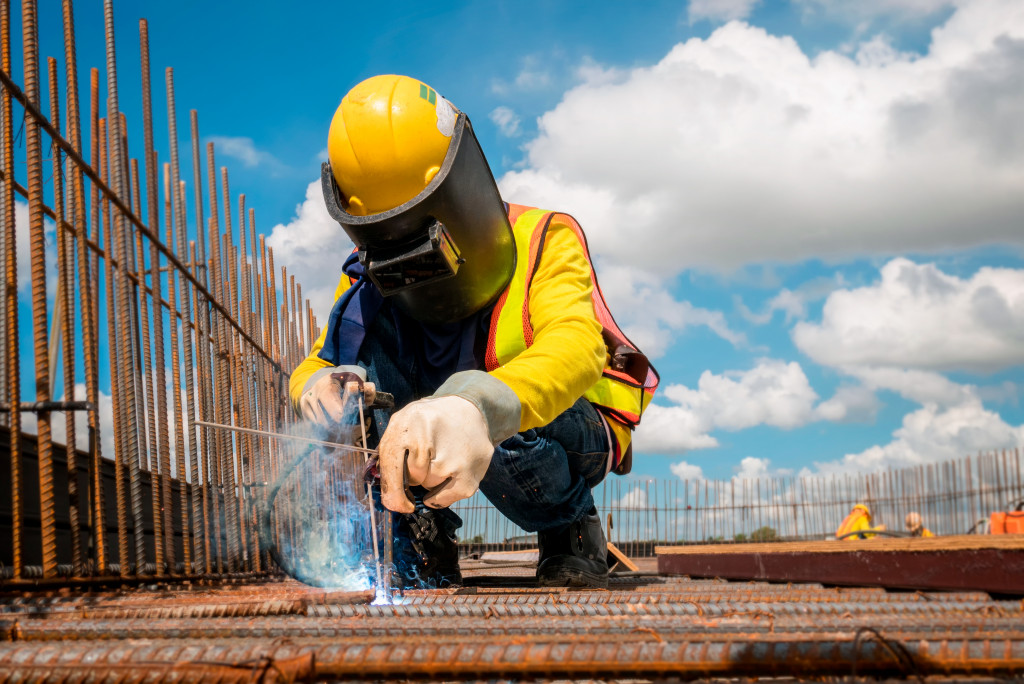- Construction accidents lead to substantial financial, productivity, and reputational losses for firms.
- An injured worker costs a firm $40,000 in medical and wage loss expenses.
- Hidden costs include project delays, increased insurance premiums, legal liabilities, and reputation damage.
- Preventive measures include load testing, protective equipment, regular safety audits, and employee safety training.
- Prioritizing safety is essential for construction firms to minimize accidents, uphold their reputation, and ensure continued growth.
Construction accidents can devastate a firm, its employees, and its bottom line. Accidents that result in injuries or fatalities can lead to loss of productivity, increased insurance premiums, and legal liabilities. However, there are also hidden costs associated with construction accidents that firms often fail to consider. Here’s a look into construction accidents, how they can cost your firm and ways to reduce overall accidents in your projects.
Construction Accident Statistics
It’s estimated that the industry is responsible for half of workplace injuries in 2021. This includes trips, falls, and objects that fall from heights. Construction workers suffer more injuries than any other profession in the US.
The average cost of an injury per worker is $40,000 for medical bills and lost wages alone. When you factor in related costs like legal fees and decreased morale at a firm, this number jumps significantly higher. Knowing these things is essential if you want your firm to reduce overall costs.
The Hidden Costs of Accidents
The costs of accidents don’t just come at a monetary value. Here are some hidden costs of construction accidents:

1. Loss of Productivity
Construction accidents can cause significant disruptions to a project’s timeline, leading to lost productivity and increased costs. When an accident occurs, work must stop while the incident is investigated and the area is secured.
This can lead to project delays, which can have significant financial implications. In addition, injured workers may require time off work or work restrictions that further impact productivity. To prevent these costs, firms must invest in proper safety training and equipment to minimize the risk of accidents on construction sites.
2. Increased Insurance Premiums
Accidents and injuries can also lead to increased insurance premiums. Worse still, insurers may refuse to renew or cancel existing policies altogether. This can devastate a firm’s finances, as insurance is critical for mitigating financial risks.
3. Legal Liabilities
Construction accidents can also lead to legal liabilities that significantly impact a company’s finances and reputation. When an employee is injured, the firm may be liable for medical expenses, lost wages, and other related expenses. In addition, the injured worker may sue the company for damages, leading to costly legal battles.
4. Reputation Damage
Finally, construction accidents can damage a firm’s reputation, making winning contracts and attracting new business more difficult. Accidents often garner media attention that can spread negative publicity about a company’s safety practices. This can impact the firm’s relationships with stakeholders, making attracting and retaining employees harder. By demonstrating a commitment to safety and investing in proper safety protocols, firms can build a positive reputation that attracts new business and fosters employee loyalty.
Tips to Reduce Construction Accidents
You must reduce construction accidents in your projects. Here are four ways to do that:
Load Testing
Specific construction loads might be too much for some equipment, leading to fatal accidents when these loads fall unto a worker. A load testing service can ensure that all the materials used are safe and can be lifted safely. They can also ensure that certain construction equipment like cranes and lifts can handle the load they are carrying.

Wear Protective Equipment
All workers must wear the necessary protective equipment while on a job site. This includes hard hats, steel-toed boots, safety glasses and gloves, flame-resistant clothing, and other protective gear.
Regular Safety Audits
Regular safety audits by an external professional can spot potential hazards and ensure safety protocols are followed. Audits can also help identify any gaps in your safety procedures so they can be addressed immediately.
Invest in Training
Providing employees with proper safety training is the best way to minimize accidents on construction sites. Regular training on accident prevention, personal protection equipment, and emergency response should be provided to employees.
The repercussions of construction accidents extend far beyond immediate physical injuries and financial costs. They impact productivity, pose legal liabilities, and tarnish a firm’s reputation. Preventing these accidents is not only the moral responsibility of construction firms but also a strategic necessity to ensure their continued success and growth. By integrating robust safety measures, firms can create a safer work environment that minimizes accidents. Remember, safety is an investment that always pays off.


